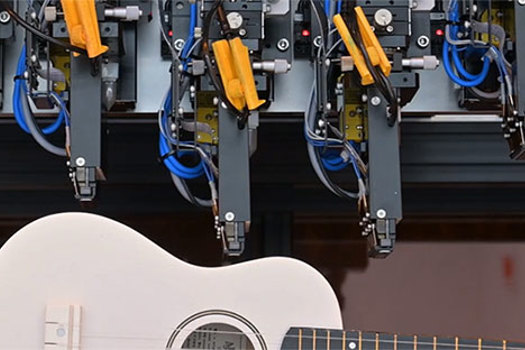Anyhow, a technology slot in a television news bulletin recently commanded attention when reporting a meeting in Cambridge where embryonic technology concerns endeavoured to attract investors for transforming innovative concepts into commercial products. One venture resonated with the name Inkski that might easily be misconstrued as the printing arm of the Russian Mafiosi, but instead is an emergent pioneer of a digital printing system.
Inkski was established in 2004 by Dr Daniel Hall whose credentials impress as the inventor of a stochastic screening
technology marketed by Global Graphics. He next engaged with the complexities of graphics processing, before embarking on the development of a digital printing technology.
LILO is the abbreviated label for the Inkski method that translates into Light Initiated Liquid Offset. It is a near relative of inkjet printing, but avoids disadvantages of the conventional process, such as an absence of nozzles to block. Additionally LILO is a speedier technique propelling ink drops at 400,000 per second for each data channel exceeding traditional inkjet by a factor of 20 and enabling print speeds of 10m/sec. Central to LILO is a spinning cylinder where an array of ink drops forms for selective activation by laser.
Investors in Inkski include Xaar plc, a constituent of a digital printing cluster that has formed around Cambridge. It will be interesting to witness the unfurling of LILO in the future.
Lawrence Wallis has held international pre-press marketing positions and is now a respected author and print historian.
Watching Inkski with interest
Normally I receive the first daily news via the wireless, usually favouring the Today programme on Radio 4. Exceptions to this habit do occur when staying in a hotel and resorting to early morning television news. Do not attempt to divine any logic in this behaviour.






